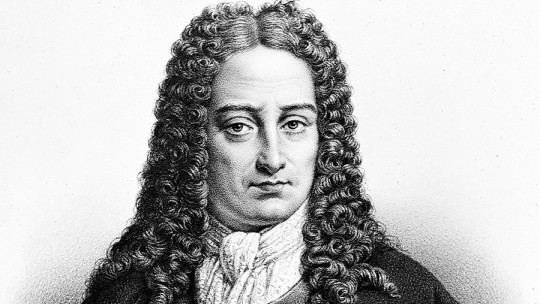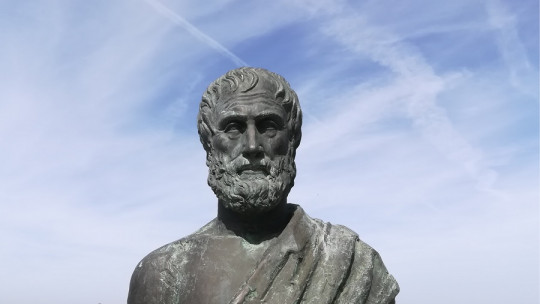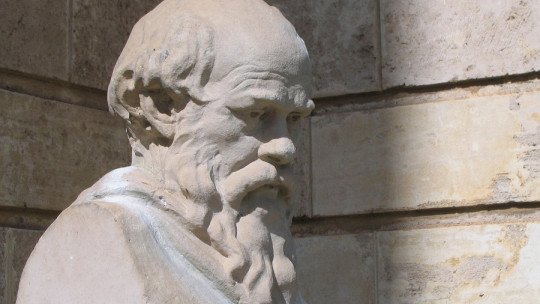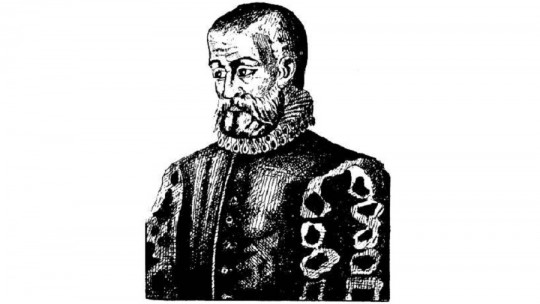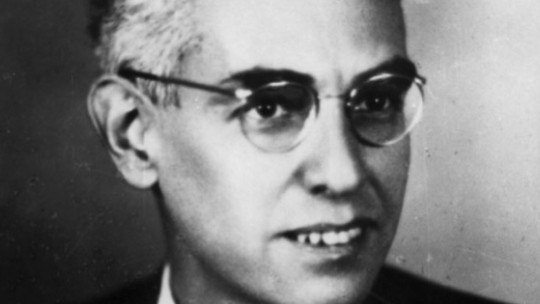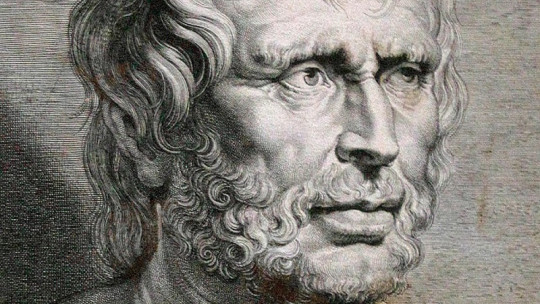Abu Walid Muhammad ibn Rusd, better known as Averroes In the Western world, he was a Spanish-Arab philosopher, thinker, doctor and jurist who is considered one of the most important philosophers for both the Muslim world and Europe, since he translated hundreds of Aristotle’s works and never stopped his studies and reflections.
Below we will give a brief review of Averroes’s biography, with the main events of his life and work.
Short biography of Averroes
Born in Córdoba when it was under Islamic rule (1126 – 1198), Averroes came from a family of intellectual jurists, whose specialty was consulting. His father, Abu Al Qasim Ahmad, was a cadi of Córdoba during the time of Al-Andalus, a period in which Muslims dominated Hispania during the Middle Ages for around 800 years.
Averroes’ thought as a philosopher
Following family tradition, Averroes finished his studies in law, specializing and delving into the interpretation of laws , its reasons for being and its objectives. From a very young age he stood out in his way of approaching jurisprudence. His fame was achieved with his two great works: Starting point of the supreme jurist and The arrival of the average jurist.
This Muslim philosopher was known as “the commentator”, “the consultant” by the West, and its main achievements result from three works called Aristotle’s Commentariesdivided into three parts with the Major Commentary, the Middle Commentary and the Minor Commentary, in this order from most to least in terms of analytical extension.
Science and religion, in convergence
Contrary to what one might imagine about how religion can influence the empirical field, Averroes He wanted to bring theology and philosophy together To begin with, instead of confronting the three monotheistic religions, he rather recognized the importance of all three.
For Averroes, the sacred books of the Torah, the Bible and the Koran have the same background and objective, which is to provide a logical explanation for the existence of life. On the other hand, aware of the controversy that exists when interpreting the writings, he went so far as to assert that only specialist philosophers and thinkers should be authorized to decode the Quran.
Likewise, the Hispano-Arabic philosopher related both types of knowledge, pointing out that they were essential to each other in order to understand the meaning of life. Justifies divine existence (supreme God) to give order, coherence and stability to the world of the psyche ; that world of the human mind that is that of the senses and imagination, therefore not objective, according to Averroes.
Work and significance
Despite all his influences on a philosophical-legal level, Averroes’ most outstanding and award-winning work has to do with medicine. And as a doctor, the author wrote Kulliyat, a scientific book that talked about the generalities of medicine. Many criticized his contribution to science, but the Quran itself advocates “pursuing science from the cradle to the grave.”
The profession of doctor at that time was one of the most recognized achievements for a wise man You had to pass an exam of high intellectual difficulty based on the knowledge of Hippocrates, as well as his oath. Furthermore, what exalts the figure of Averroes as a doctor is that to practice as such, not only technical knowledge and skills were required. Morality, ethics and a sense of justice had to be demonstrated.
“Al-Kulliyat”, genesis of modern medicine
The book Al-Kulliyat, generalities about Medicine, written in seven surprising volumes, was written based on the idea that, as Averroes would say: “the visible can give a glimpse of the invisible.” In this way, Ibn Rusd once again surprised his contemporaries, avoiding preconceptions and intuitions in his scientific studies.
For Averroes, medicine was an art , and the doctor the brush to carry it out. A specialty that aimed to preserve health and cure diseases. Based on three fundamental pillars (principles, elements and their causes), the doctrine of Al-Kulliyat is presented as follows:
Volume 1. Anatomy
Knowledge of the parts of the human body, describing the parts that can be perceived.
Volume 2. Physiology
It deals with the organic and mechanical functioning of the human body of each of the components that make it up. This describes what is known today as the “state of health.”
Volume 3. Pathologies
Description and explanation of the causes of diseases.
Volume 4. Semiotics
Study and analysis of symptoms and syndromes
Volume 5. Therapeutics
The healing technique, providing dietary recipes and natural drugs.
Volume 6. Hygiene
Recommendations and guide to hygienic techniques for maintaining health.
Volume 7. Medication
Exhaustive description of the different medications and solutions for all types of diseases.


